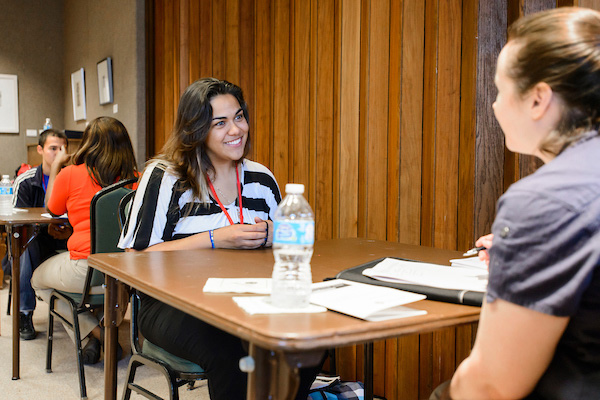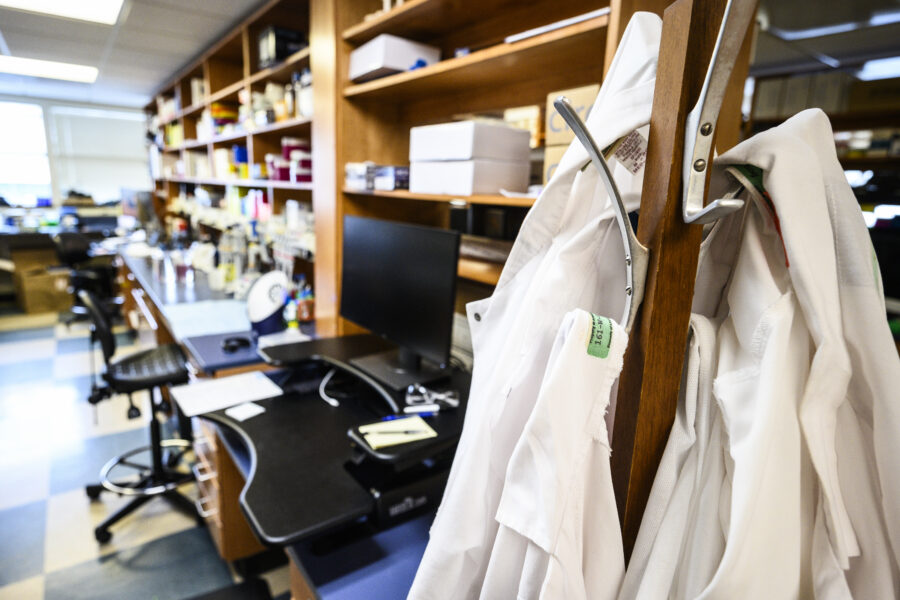About Radiologic Technology (or Radiography)
According to the American Registry of Radiologic Technologists (ARRT), Radiologic Technologists (or Radiographers) use equipment to create images of patients’ bodies that are then interpreted by doctors to diagnose and treat injuries and disease.
Radiologic Technologists work in a variety of healthcare settings including hospitals, doctor’s offices, outpatient care centers or the laboratory.
Depending on their specialty, they may use X-ray, MRI, CT, fluoroscopy, or sonography equipment or even radiopharmaceutical agents. They also typically split their time between technological tasks and interactions with patients.
For the most up-to-date information, visit the U.S. Bureau of Labor Statistics website.
Note: UW-Madison does not offer a Radiologic Technology program. While this field is not among CPHA’s primary areas of advising expertise, we are here to support you in exploring the career, building helpful experiences, and navigating some aspects of professional program applications. Talk with us if you have questions!
Radiologic Technologist (R)
To become a Radiologic Technologist (R), students need to earn an associate’s degree or higher and complete an ARRT-approved Associates, Bachelor’s or Certificate program in Radiography. They will then need to satisfy an ethics requirement and take a certification exam through American Registry of Radiologic Technologists (ARRT).
If you have a background in Radiologic Technology, it is possible to become a Mammographer, CT Technologist, MRI Technologist, Bone Densitometry Technologist, Cardiac Interventional Radiography, Vascular Interventional Radiographer, Vascular Sonographer, or Radiologist Assistant (RAA) through the American Registry of Radiologic Technologists (ARRT) post-primary certification process.
As a Radiologist Assistant (RAA), you would work more directly with Radiologists and would have the ability to perform procedures that might otherwise be performed by a Radiologist. Likewise, if you have a background in Radiologic Technology, there are educational pathways to become a Radiation Therapist.
Health Careers Without Medical School Panel
Watch this panel recording from Spring 2023 to hear from professionals in various health fields including radiography.
Explore Your Interest in Radiologic Technology
Shadowing & Informational Interviews
An excellent way to explore your interest is by talking to a Radiologic Technologist and observing their work directly. If you have friends or family who work in health care (in ANY role) ask if they know any Radiologic Technologists or look for professionals on LinkedIn, Instagram, or TikTok to see if they are willing to talk about their career.
Volunteering
Radiologic Technology programs may look for applicants who demonstrate a sustained commitment to serving others. Learn more about opportunities to volunteer in clinical and non clinical settings.
Jobs
After volunteering and exploring, working in research or a healthcare setting is a great way to learn about practical aspects of the field. It may even be possible to work as a Radiologic Technologist Assistant.
Application Process
Associate and Bachelor’s programs typically require that applicants apply to the institution as a degree seeking (or second degree) student.
However, there may be other requirements to apply to their Radiologic Technology program once admitted to the institution including prerequisite courses, a personal statement, a specified number of shadowing hours, etc. Requirements vary from school to school, so it’s always necessary to consult program websites.
Certificate programs may require you to be enrolled in an affiliate institution’s Associate’s or Bachelor’s program. They may also require letters of recommendation.
Some programs may have fee waivers available. Contact them directly for more information.


